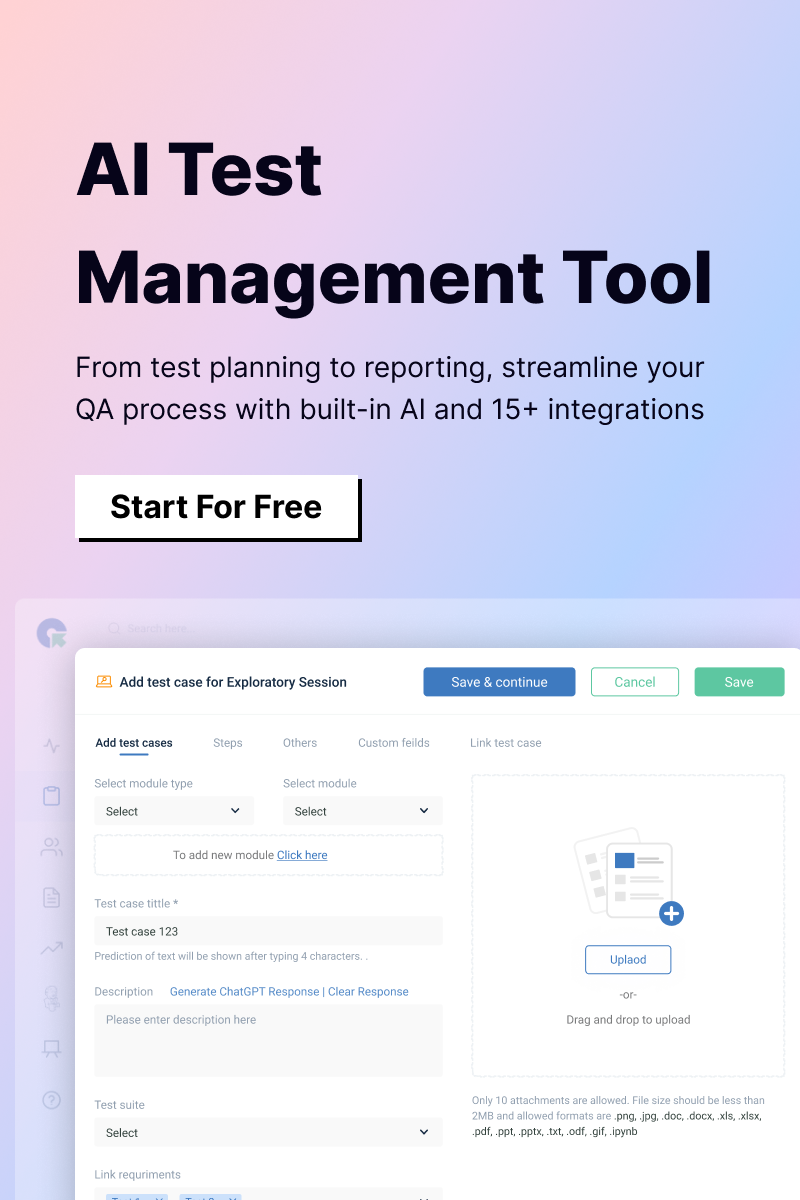To enable continuous integration of accessibility testing in your development pipeline, follow these steps:
- Define Accessibility Policy: Establish clear accessibility goals and prioritize them during sprint planning. Use these goals to identify areas for improvement and track progress over time.
- Leverage Manual and Automated Testing: Use automated tools to scan for machine-detectable Web Content Accessibility Guidelines (WCAG) failures during staging, development, or production, and complement these with manual checks for nuanced issues.
- Integrate Accessibility into CI/CD: Treat accessibility issues like any other bug by capturing them in your ticketing system (e.g., Jira). Convert WCAG failures into user stories and prioritize them in your development pipeline.
- Provide Resources and Knowledge: Ensure developers have access to a library of accessible coding techniques to efficiently address accessibility issues without wasting time searching for solutions.
- Create Accountability with Analytics: Use accessibility analytics to track trends, measure progress, and document efforts over time. Monitor metrics such as the number of accessibility bugs resolved to foster accountability.
How much accessibility testing can be automated?
Accessibility testing can be automated to a significant extent but not entirely. Here’s a breakdown of what can be automated (approx. 30 to 50%):
- Code-Level Accessibility Checks: Automated tools can ensure the correct use of semantic HTML tags, validate ARIA (Accessible Rich Internet Applications) roles and attributes, detect missing alt text for images, and identify color contrast issues, which are essential for meeting accessibility standards.
- Keyboard Navigation: Automation can verify the visibility of focus indicators and test keyboard navigability to ensure users can interact with the application using only the keyboard.
- WCAG Guideline Failures: Tools can scan for machine-detectable WCAG violations, such as missing form labels, incorrect header hierarchy, and absent landmarks, helping developers address basic compliance issues early.
- Static Analysis: Static analysis tools such as axe, Lighthouse, or WAVE can check for adherence to accessibility best practices, providing actionable insights to improve code quality and user inclusivity.
How do you test accessibility?
Here’s a step-by-step guide to test accessibility:
- Understand Accessibility Standards: Familiarize yourself with standards such as WCAG (Web Content Accessibility Guidelines), ADA (Americans with Disabilities Act), and Section 508 to ensure compliance.
- Use Automated Testing Tools: Leverage tools such as axe, Lighthouse, or WAVE to scan for machine-detectable accessibility issues such as missing alt text, low contrast, and improper ARIA roles.
- Perform Manual Testing:
- Keyboard Navigation: Ensure all interactive elements can be accessed and operated using only the keyboard.
- Screen Reader Testing: Use tools such as NVDA, JAWS, or VoiceOver to test content readability and flow for visually impaired users.
- Focus Management: Verify that focus indicators are visible and flow logically between elements.
- Test Color Contrast: Use contrast checkers to confirm that text and background colors meet WCAG contrast ratio standards.
- Test with Assistive Technologies: Test with assistive technologies such as screen magnifiers, speech recognition tools, and alternate input devices to evaluate compatibility.
- Include Real Users: Engage people with disabilities to test your application for usability and ensure it meets real-world needs.
- Continuous Testing: Incorporate accessibility checks into your CI/CD pipeline to catch issues early during development and maintain compliance over time.
- Document and Address Issues: Log issues, prioritize them based on impact, and resolve them systematically. Track improvements over time to ensure accessibility goals are met.



